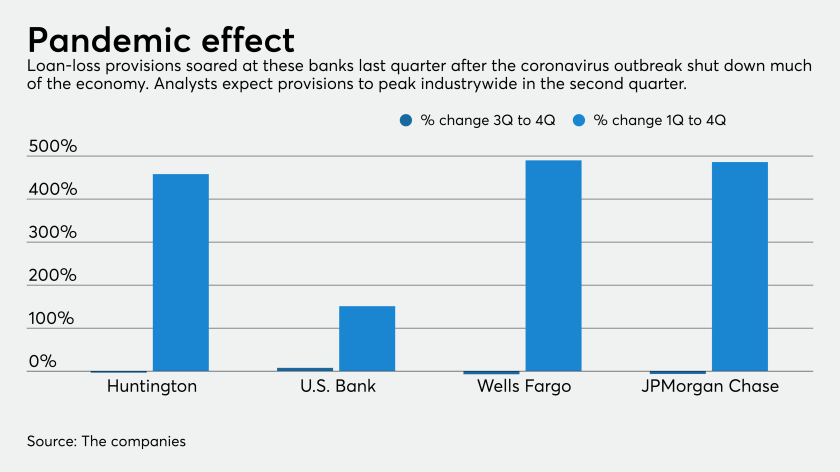The pandemic has prompted several bankers to conduct credit reviews more often.
Washington Trust Bancorp in Westerly, R.I., and Allegiance Bancshares in Houston say they have developed procedures to continuously assess the financial health of their commercial credits, while Israel Discount Bank of New York is scouring its loan book for early warning signs.
More frequent loan reviews can uncover blind spots created by loan deferrals and government stimulus programs, industry observers said. It can also help lenders address potential issues faster.
Those efforts also give lending officers an opportunity to talk with borrowers.
“The key is contact with the customer,” Steve Retzloff, Allegiance’s CEO, said during a virtual roundtable hosted recently by PrecisionLender. “You actually talk to them. … We try to get the pulse of each one by having that conversation.”

While that approach makes sense, most banks continue to evaluate the status of credits during an annual review or as renewals near, said Gita Tolleson, a senior vice president at PrecisionLender. Nearly half of the ratings changes for loans up for renewal in October were made within three months of maturity.
“Banks are not getting out ahead of these rating actions as fast as they should,” Tolleson said during a presentation.
“People are still generally waiting around until the last minute,” she added. “We’re not seeing measurable improvement in terms of the lead time. It may be easier said than done. Going through an entire credit review may be a little bit daunting.”
Washington Trust has begun a monthly review process, said James Hagerty, the $5.8 billion-asset company’s chief credit officer. Loan officers discuss the status of individual loans, assigning red, yellow and green designations for each credit.
The process can flag problematic loans that might have been missed until too late under the traditional rating system.
“We change the color depending on events,” Hagerty said during the virtual roundtable. “If events occur to precipitate a downgrade, that happens within that month.”
Lenders are cautioning not only that second-quarter provisions might exceed the spike seen earlier this year, but also that credit costs could be elevated into 2021 if the economic slowdown drags on or fears of a second coronavirus wave are borne out.
The acting head of the agency says it cannot continue relying on web-based exams put in place during the coronavirus and will start sending staff into banks.
The immediate lockdown of the nation’s economy in response to attempts to flatten the coronavirus infection curve has had a widespread impact on the revenues of all businesses, particularly small ones that are more susceptible to economic disruptions.
The $6 billion-asset Allegiance created a rubric in the third quarter to assess more than 90% of its loan portfolio. The process requires the company’s roughly 120 lenders to ask borrowers to complete a 12-question survey that covers topics such as revenue trends, cash on hand and contingency planning.
“We created a [system] to determine whether to downgrade the credit,” Retzloff said.
Allegiance's lenders can opt to hold off on a downgrade even in the face of concerns, but they have to get a senior officer to sign off on the decision.
“We’re still perfecting” the process, Retzloff said.
Another way to gauge the health of loans is to scrutinize borrowers' behavior. Banks are tracking actions such as large, sudden draws on credit lines or deposit accounts — viewing abrupt liquidity needs as a potential sign of distress.
The $10.7 billion-asset IDB Bank has been looking for red flags since March. It has created a scorecard to measure usage rates and transactional behavior, among other things, said Jason Goldberg, head of sales in the commercial bank.
“Anything to get lenders in front of the clients” is helpful, Goldberg said during the PrecisionLender discussion. “We’ve also been a little bit aggressive in terms of the downgrades.”






